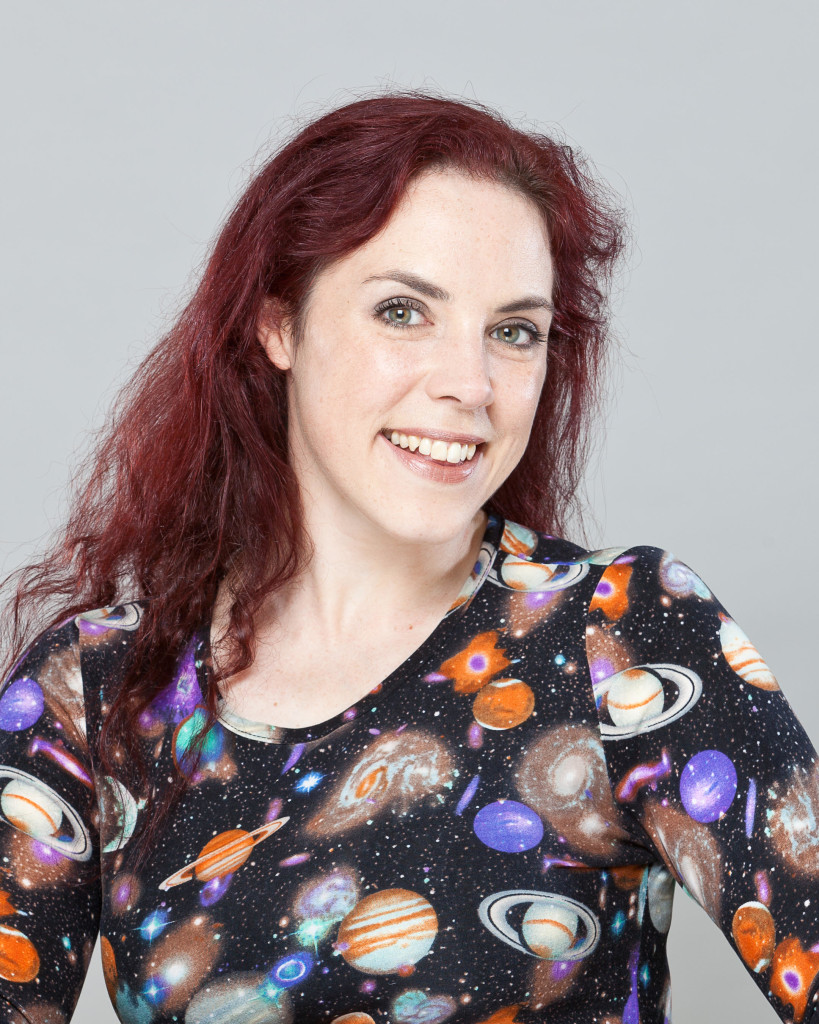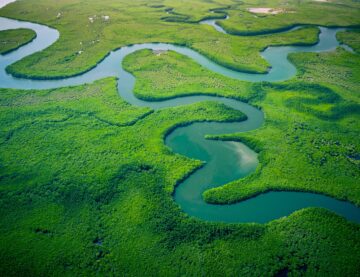Subscribe to our newsletter
Her Enthusiasm for Both Research and Science Communication is Contagious #MySTEMrolemodel
As part of Digital Science’s celebrations for Ada Lovelace Day, we are running a series of blog posts where inspiring women in STEM are sharing their personal role models. Anyone can get involved and we encourage you to share your role model on social media using the hashtag #MySTEMrolemodel. We are also sponsoring Ada Lovelace Day Live! 2015 and hosting a free event on women in STEM, with a fantastic panel to get the discussion going.
Dr Kat Arney is a science communicator and award-winning blogger for Cancer Research UK, as well as a freelance science writer and broadcaster whose work has featured on BBC Radio 4, the Naked Scientists and more. She is about to publish her first book, “Herding Hemingway’s Cats”, about how our genes work.
This post is about one of the women who still inspires me about science and science communication to this day – Professor Amanda (Mandy) Fisher at Imperial College, London.
I first met Mandy when I was a wide-eyed and not-entirely-disillusioned-yet PhD student, studying epigenetics and genomic imprinting with Professor Azim Surani in Cambridge. Together with a talented postdoc in her lab, Karen Brown, Mandy had devised a technique to see whether certain proteins were ‘sitting on’ different genes, helping to switch them on or off.
I was keen to use the technique in my own research and spent a few happy days in her lab overlooking Wormwood Scrubs prison, manipulating – and breaking – delicate glass coverslips in strange fizzy solutions. By the end of my PhD, I’d be using the same technique on microscopic single-celled mouse embryos – a mind-bendingly fiddly procedure that I was pathologically unsuited to.
I was impressed with Mandy’s sense of fun, her kindness, her ideas, her helpfulness and advice, her keen intellect, and her passion for science and communicating it. Over the painful and frustrating years of my PhD research we stayed in touch, talking about results (or rather, my lack of them) and sharing chats and drinks at meetings and conferences. And at the end of three and a half slow, grinding years, she agreed to be the external examiner for my PhD. I passed, I got very drunk, and I started to look for opportunities to stretch my scientific wings.
After that, my life took a slightly wrong turn. I turned down prestigious post-doc job offers in world-class labs in the US, Edinburgh and Vienna in the misguided belief that I was doing the right thing for love. And by the time I finally ended up on Mandy’s doorstep in Wormwood Scrubs, grovelling for a job, I was battling depression and a brutal eating disorder.
To my eternal gratitude, Mandy took me on. I started working on various projects in her lab, making slow headway when I wasn’t crying in the toilets. My colleagues were supportive and Mandy continued to be inspiring and motivating, even when I felt like crawling into the dark room and drinking the X-ray developer.
Around this time, Mandy started to get more heavily involved in science communication. There was a pot of EU money to help communicate her field of research (known as epigenetics) to the public, and the air swarmed with exciting and inspiring ideas for sci-comm projects – I have vague memories of something to do with a gorilla genome…
I was keen to join in, but my career in the lab was becoming untenable. After a horrendous summer, during which I started to suffer from hallucinations and suicidal thoughts, I got an interview for what seemed like my dream job – a position as a Science Information Officer at Cancer Research UK, communicating the charity’s research to the public.
Against pretty long odds I got it (my interview involved knitted DNA, as I recall) and I’m still here 11 years later, now Science Communications Manager. I’ve also been spreading my wings as a freelance writer and broadcaster – something that I’ve wanted to be since I was a spoddy teenager poring over the New Scientist in the school library – and Mandy has sent several great projects my way over the years.
Her passion for bringing science to the public has brought together Nobel laureates and other scientists with designers, film-makers and the like. Her energy and enthusiasm for both her research and science communication is contagious.
On Ada Lovelace day I salute you, Mandy. Thank you for the inspiration.




